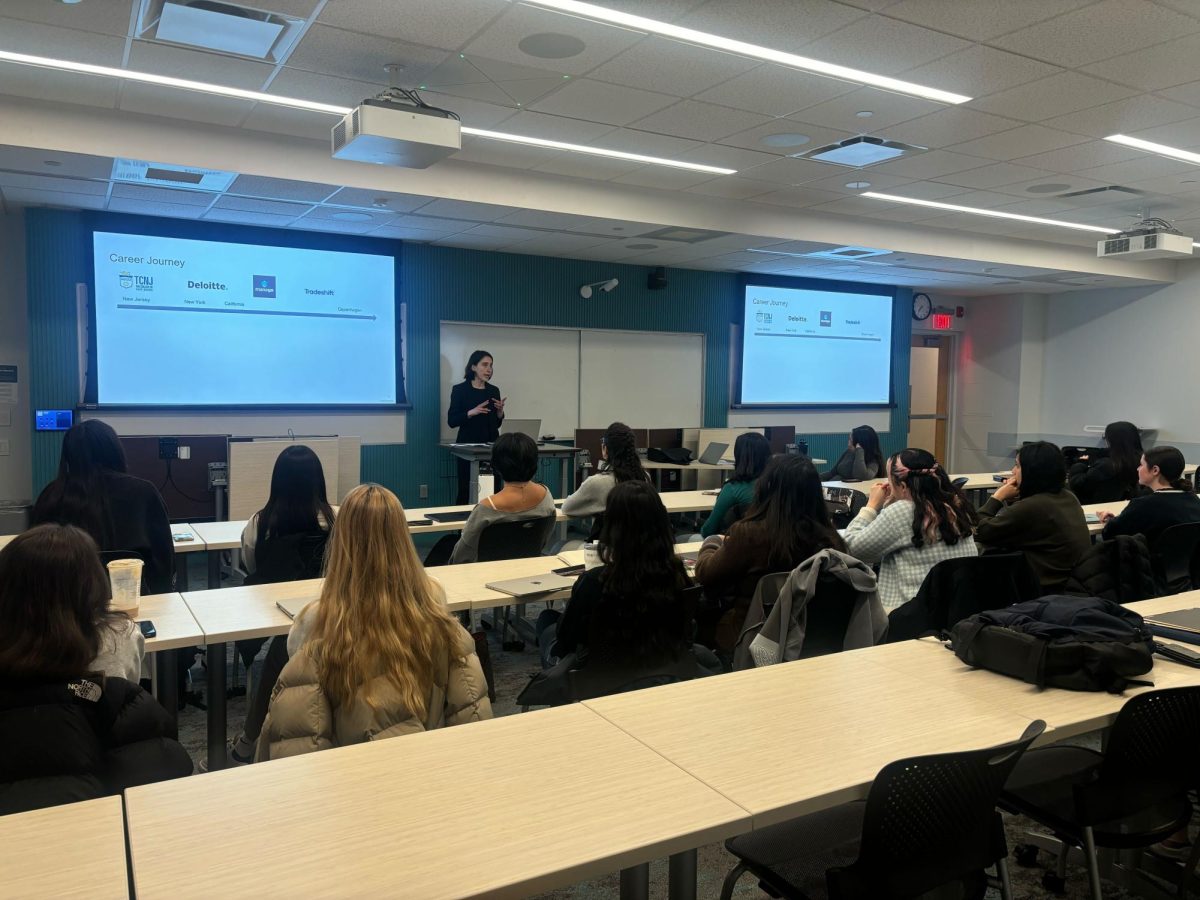 By Taylor Dobbs, News Correspondent
By Taylor Dobbs, News Correspondent
Parsons Field is rough around the edges, neighbors said.
The home field of Northeastern soccer, baseball and formerly football, located in a residential neighborhood in Brookline, was resurfaced earlier this year, displacing about 160 tons of dirt from the field. The dirt was moved to a berm, a large dirt barrier, along the Harrison Street edge with a retaining wall along the sidewalk. Harrison Street residents say they weren’t properly notified or consulted about the work.
“The university is not living up to its core values of urban engagement here,” said Erik Noyes, 39, a Harrison Street resident and assistant professor of entrepreneurship at Babson College.
Noyes and three other Harrison Street residents wrote a formal complaint to Northeastern President Joseph Aoun Aug. 11 addressing both the new retaining wall and the university’s engagement with the community. In the complaint, they claimed the neighborhood “has very reactively, tokenly and without any satisfying result been engaged by Northeastern representatives.”
The complaint also references a 1983 agreement between Northeastern and the town of Brookline which governs the use of Parsons Field, university property that is used by both Brookline High School and Northeastern sports teams.
The agreement does not explicitly mention parameters for construction on the field, but does grant the university the right to use the field provided it doesn’t break laws or “unduly interfere with the rights of the neighbors.”
“A permit for the wall was sought after the fact,” said Marla Engel, a resident of Harrison Street and senior project manager at Vanasse Hangen Breustlin Inc., an engineering firm based in Watertown.
While it’s unclear if the university has breached the agreement, Engel blames a “systematic failure at Northeastern” for the lack of community engagement regarding the construction, and university officials said communication was an issue.
“It was a classic case of people not talking to each other,” said John Tobin, vice president for city and community affairs.
Tobin, who came to Northeastern from Boston City Council in August, attributed the communication breakdown to recent administrative changes.
Tobin’s position was vacant for nearly six months before he took the post.
Brookline’s former town administrator, Richard Kelliher, retired from his post in July, leaving a deputy administrator in charge until Mel Kleckner was appointed Sept. 15.
All of these changes, Tobin said, caused many people who are vital in the communication between the town of Brookline and the university to be out of touch.
Tobin said communications have improved since the neighborhood outcry.
“We spent a lot of time ringing doorbells and sitting in people’s living rooms talking,” he said. “I think everyone on Harrison Street has my cell phone number now.”
The university met with Brookline officials and Harrison Street residents in August to address the issue. Tom Brady, the town’s conservation administrator, helped residents and university officials plan a landscaping arrangement Engel said “will go a long way towards making [the wall] less offensive.”
Residents said they did not see the meeting as a total success. Engel, who attended the meeting, said that it took place only after construction began on the wall.
“The NU representatives were very dismissive and unprofessional,” she said in an e-mail to The News.
Noyes said Harrison Street residents want Northeastern representatives to reaffirm the university’s commitment to the neighborhood, an idea Tobin said he shares. Tobin said he hopes to get together with Brookline officials when things calm down and redraft the 1983 agreement.








